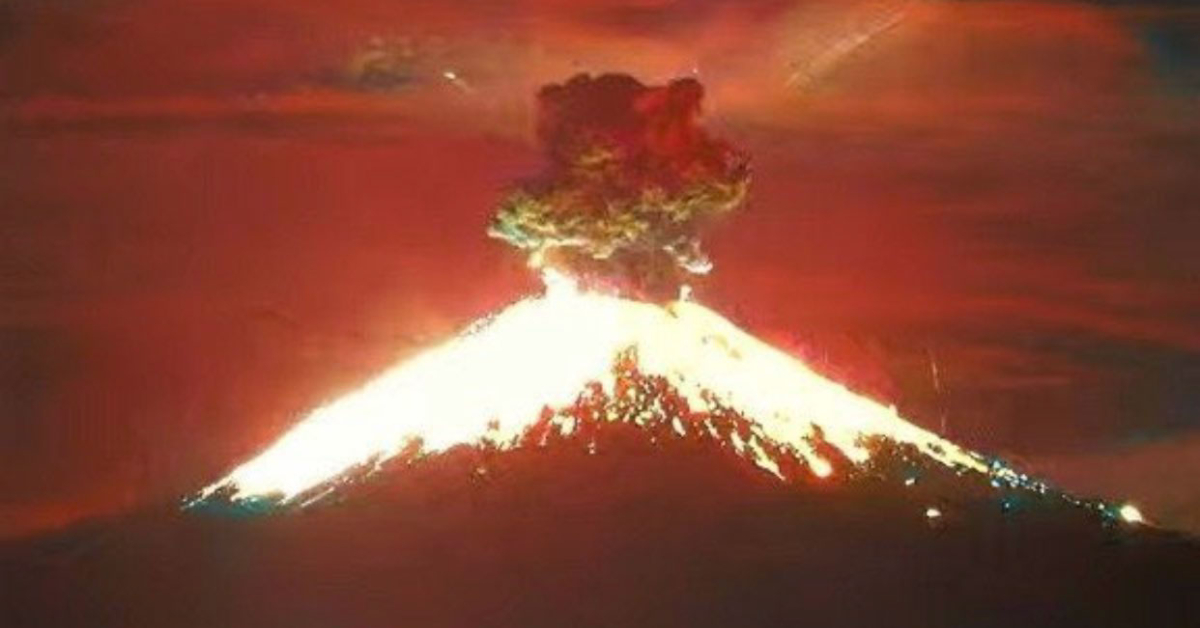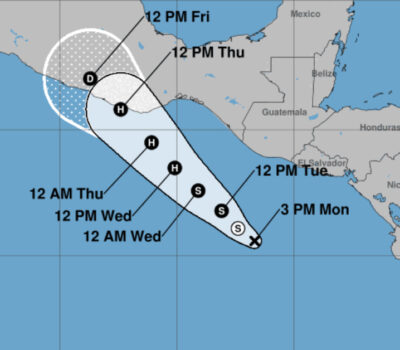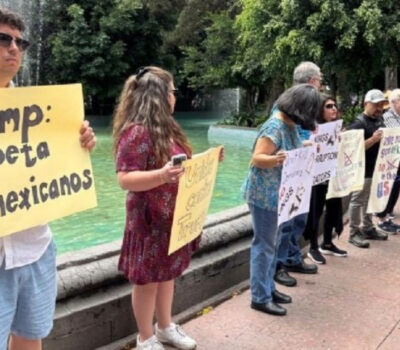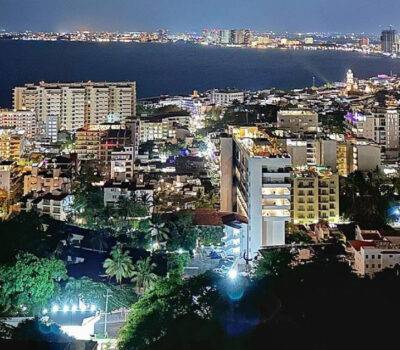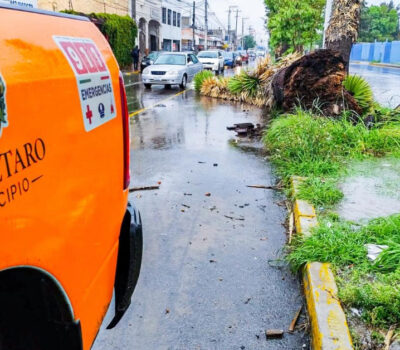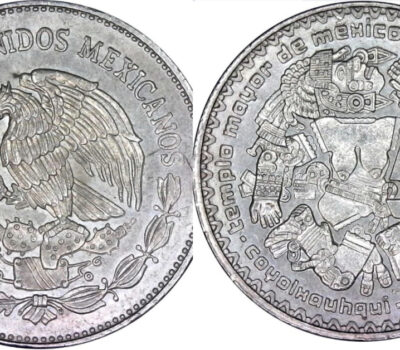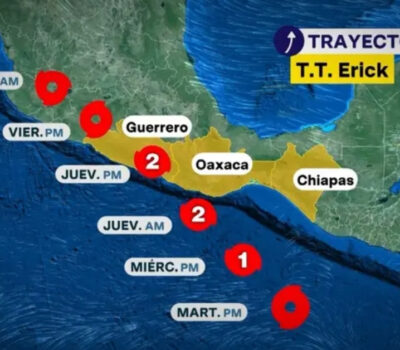The renowned Popocatépetl volcano has reignited, displaying significant activity within the past day. As reported by the National Center for Disaster Prevention (Cenapred), the volcano has exhibited 217 exhalations, 13 eruptions — with five minor and eight moderate in intensity — and tremors that lasted 455 minutes.
Cenapred has noted mild ash fall in the municipalities of Puebla and Atlixco today, whereas the State of Tlaxcala witnessed a more moderate ash fall, especially in the municipalities around the southern zone of the volcano.
Cenapred classifies the volcano’s activity into seven levels, each distinguished by three colors: green, yellow, and red. Currently, Popocatépetl is at Yellow Phase 2, the fourth level, which signifies possible discharges of glowing material and debris. The agency strongly advises against venturing up to the volcano’s crater due to the potential dangers of eruptions.
Considering the present circumstances, it’s anticipated that the volcano will persist in exhibiting moderate explosive activity, resulting in ash rains in nearby towns and the emission of materials through its smoke. In the last day, minor ash falls were reported in the municipalities of Puebla, Atlixco (both located in the State of Puebla), and in those surrounding the volcano in the State of Tlaxcala.
Cenapred urges the public to disregard rumors and to instead focus on information released by the center itself. It recommends maintaining a safety distance of at least 12 kilometers from the volcano and calls on the Civil Protection authorities to continue with preventive measures. The organization’s statement, as echoed by the preventive authority, implores the public to heed local authorities’ warnings and to steer clear of the volcano, especially the crater.
Popocatépetl, often referred to as “Popo,” is one of the most active volcanoes in Mexico and the second highest peak in the country, with an elevation of about 5,426 meters (17,802 feet). The volcano is located in the states of Morelos, Puebla, and Mexico in central Mexico, and is clearly visible from Mexico City on a clear day. Its name is derived from the Nahuatl words “popoca” meaning “it smokes” and “tepetl” meaning “mountain,” thus Popocatépetl translates to “Smoking Mountain.”
The volcano has had more than 15 major eruptions since the arrival of the Spanish in 1519. Historically, major eruptions occurred in 1947 and 1994. After nearly 50 years of dormancy, “Popo” came back to life in 1994 and has since then been producing powerful explosions at irregular intervals. This renewed activity has produced a great deal of concern in the nearby regions, including Mexico City due to its close proximity, roughly 70 kilometers away.
The stratovolcano, characterized by its steep, conical shape developed from layers of lava, ash, and other volcanic materials, has a glacier-covered summit. Its crater is elliptical with an orientation northeast-southwest.
Popocatépetl is monitored 24/7 by the National Center for Disaster Prevention (Cenapred). They use geophysical measurements, like seismicity and ground deformation, as well as visual observations to keep an eye on its activity. Cenapred also maintains a volcanic alert system to warn about escalating activity and potential eruptions.
Despite its frequent activity, Popocatépetl is a popular mountaineering spot, although currently, due to its increased activity, it is closed to climbing.
[the_ad id=”74376″]
The renowned Popocatépetl volcano has reignited, displaying significant activity within the past day. As reported by the National Center for Disaster Prevention (Cenapred . . .

